Wool has many beneficial properties. It is biodegradable, hypoallergenic, flame and UV resistant. It has also been proven to aid with sleep and it has many purposes in the textile industry.
Sheep farming is an important element within the Irish agricultural sector, but wool from Irish sheep in undervalued and often overlooked. Synthetics and imported wools are a preferred choice for Irish crafts and jumpers. As Irish wool is worth little in terms of monetary value to farmers, many feel they have no choice but to throw it away.
Wool in School is an educational business dedicated to promoting the use of Irish wool as a sustainable eco-fibre. The aim is to increase the awareness of our heritage and wool; its production and sustainable qualities.
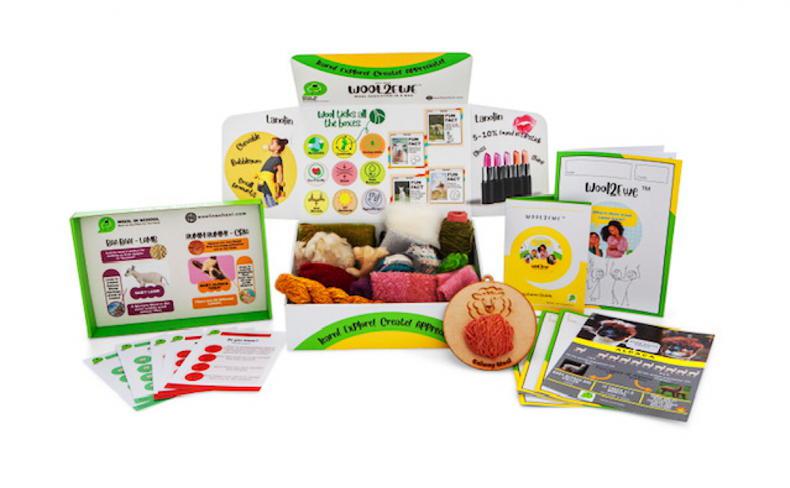
The Wool2Ewe box is filled with information for children to learn as well as pieces of wool in the different production stages.
Irish Country Living spoke to the director and founder of Wool in School, Lorna McCormack, about the programme and how it is informing primary school students about the benefits of wool.
Background
Lorna has a background in fibre art and is familiar with the properties of wool. After realising how little her four children knew about wool from school, she took the initiative to educate children about wool through the primary school curriculum.
“For the first two years, we did research and development. I went around schools with airline trollies packed with wool fabrics,” explains Lorna.
“By the time COVID-19 hit, it felt like we started a whole new business again. We had to pivot, so that’s where the Wool2Ewe box came in; we felt we could get to more schools,” she adds.
“Our aim is to teach children about the benefits and properties of wool and why it is important in the conversation of climate change.”
Wool in the world
“The whole programme is getting children to understand this is natural; it’s so versatile,” says Lorna. “It’s a sustainable resource. It’s always there, as opposed to synthetics, which are part of fast fashion. We’re trying to get children to look at slow fashion and wool in that, and climate change and how wool can help.

Lorna McCormack, director of Wool in School.
“We want to get children thinking, not just of the knitting and heritage crafts, but to think outside the box in relation to innovation as well. We do Woolly Wednesdays, so on a Wednesday we look at new ideas for wool. There’s so many uses for wool because it’s eco-friendly and hypoallergenic.”
Lorna gives the example of lanolin, a waxy substance that comes from the sebaceous gland of the sheep. During the wool process it is taken out of the wool and can be used for other purposes, such as in cosmetics.
“A lot of children wouldn’t consider lanolin to be in lipsticks and lip balms and shampoos,” says Lorna. “We give children different ideas of where it would be found. We want children to understand that sheep have a very big part to play in a lot of things that are out there that they wouldn’t consider.”
Wool2Ewe
Wool2Ewe is part of the Wool in School programme. It combines online learning in the classroom with a box for students to see and feel what wool is like in its different processing stages.
The boxes include information on areas including wool structure, processing wool and the shearing of the sheep. This is important for children who may have limited knowledge about where wool comes from.
“They open the box and every part is printed with information, so it’s fun facts,” says Lorna. “Then there’s a tray and in it there’s posters, a teacher’s guide and workbooks. They take that tray off and inside that box there’s loads of wool, yarn, textiles, raw wool and a pair of knitting needles and a loose set, so that links in with the craft end [of the curriculum].
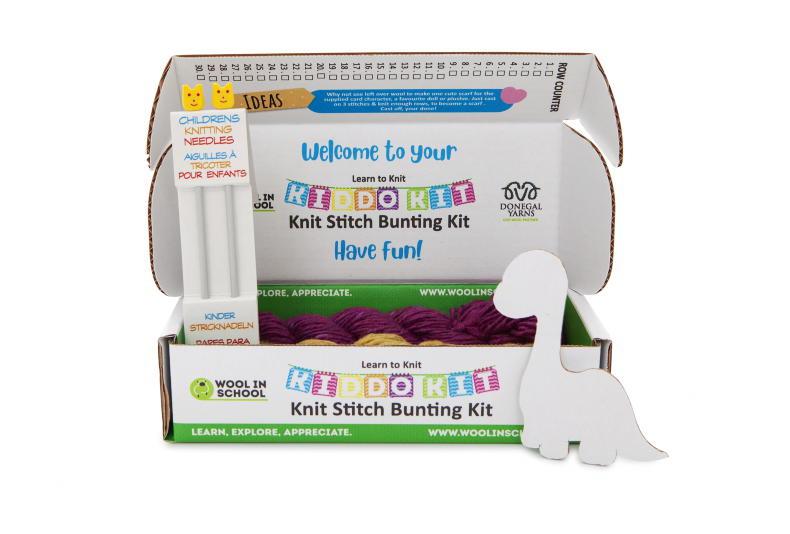
Wool in School knitting kit.
“All of what’s in the box can be used as part of the fabric and fibre strand of the art curriculum.”
The immersive approach makes Wool in School accessible for children of all learning abilities.
“We wanted to develop something tactile but would be suitable for all kinds of learners; visual learners as well. This is actually then suitable for children with special needs,” says Lorna.
A wider approach
Wool in School is involved with the newly established Irish Grown Wool Council, which brings together stakeholders from both sides of the border to educate and advocate for Irish wool.
Wool in School also works alongside the Galway Wool Co-op. They provide craftspeople and those who sell wool products with local wool. The Galway sheep is a heritage breed of sheep.
In partnership with Donegal Yarns, Wool in School is producing knitting kits for families. Lorna says the Kilcar-based business plays a big role in the programme.
“The idea would be a parent or grandparent and a child learning how to knit together. It’s another activity connected to learning about wool as well. It’s a very hands-on approach and a whole family approach.
“Children are fantastic. They love sharing the information they learned at school so it does trickle down into homes as well.”
Learning outcomes
“As long as they have a good idea of where wool comes from, the benefits of wool, the properties of wool and that when they see a sheep, they understand that some clothes are coming from that sheep, or a carpet is coming from that sheep and that different items can be used from a fleece. That’s the goal, to start that conversation.”
Register
Lorna encourages teachers to register for Wool in School before the end of June, so schools can be included in the programme from September onwards. See woolinschool.com for more details. The Wool2Ewe box costs €275 per school which includes to all the online resources. Family knitting kits (child and adult sets) cost €42.95.
Read more
Ag science students benefit from day out at Tullamore Farm
Study abroad diaries
Wool has many beneficial properties. It is biodegradable, hypoallergenic, flame and UV resistant. It has also been proven to aid with sleep and it has many purposes in the textile industry.
Sheep farming is an important element within the Irish agricultural sector, but wool from Irish sheep in undervalued and often overlooked. Synthetics and imported wools are a preferred choice for Irish crafts and jumpers. As Irish wool is worth little in terms of monetary value to farmers, many feel they have no choice but to throw it away.
Wool in School is an educational business dedicated to promoting the use of Irish wool as a sustainable eco-fibre. The aim is to increase the awareness of our heritage and wool; its production and sustainable qualities.

The Wool2Ewe box is filled with information for children to learn as well as pieces of wool in the different production stages.
Irish Country Living spoke to the director and founder of Wool in School, Lorna McCormack, about the programme and how it is informing primary school students about the benefits of wool.
Background
Lorna has a background in fibre art and is familiar with the properties of wool. After realising how little her four children knew about wool from school, she took the initiative to educate children about wool through the primary school curriculum.
“For the first two years, we did research and development. I went around schools with airline trollies packed with wool fabrics,” explains Lorna.
“By the time COVID-19 hit, it felt like we started a whole new business again. We had to pivot, so that’s where the Wool2Ewe box came in; we felt we could get to more schools,” she adds.
“Our aim is to teach children about the benefits and properties of wool and why it is important in the conversation of climate change.”
Wool in the world
“The whole programme is getting children to understand this is natural; it’s so versatile,” says Lorna. “It’s a sustainable resource. It’s always there, as opposed to synthetics, which are part of fast fashion. We’re trying to get children to look at slow fashion and wool in that, and climate change and how wool can help.

Lorna McCormack, director of Wool in School.
“We want to get children thinking, not just of the knitting and heritage crafts, but to think outside the box in relation to innovation as well. We do Woolly Wednesdays, so on a Wednesday we look at new ideas for wool. There’s so many uses for wool because it’s eco-friendly and hypoallergenic.”
Lorna gives the example of lanolin, a waxy substance that comes from the sebaceous gland of the sheep. During the wool process it is taken out of the wool and can be used for other purposes, such as in cosmetics.
“A lot of children wouldn’t consider lanolin to be in lipsticks and lip balms and shampoos,” says Lorna. “We give children different ideas of where it would be found. We want children to understand that sheep have a very big part to play in a lot of things that are out there that they wouldn’t consider.”
Wool2Ewe
Wool2Ewe is part of the Wool in School programme. It combines online learning in the classroom with a box for students to see and feel what wool is like in its different processing stages.
The boxes include information on areas including wool structure, processing wool and the shearing of the sheep. This is important for children who may have limited knowledge about where wool comes from.
“They open the box and every part is printed with information, so it’s fun facts,” says Lorna. “Then there’s a tray and in it there’s posters, a teacher’s guide and workbooks. They take that tray off and inside that box there’s loads of wool, yarn, textiles, raw wool and a pair of knitting needles and a loose set, so that links in with the craft end [of the curriculum].

Wool in School knitting kit.
“All of what’s in the box can be used as part of the fabric and fibre strand of the art curriculum.”
The immersive approach makes Wool in School accessible for children of all learning abilities.
“We wanted to develop something tactile but would be suitable for all kinds of learners; visual learners as well. This is actually then suitable for children with special needs,” says Lorna.
A wider approach
Wool in School is involved with the newly established Irish Grown Wool Council, which brings together stakeholders from both sides of the border to educate and advocate for Irish wool.
Wool in School also works alongside the Galway Wool Co-op. They provide craftspeople and those who sell wool products with local wool. The Galway sheep is a heritage breed of sheep.
In partnership with Donegal Yarns, Wool in School is producing knitting kits for families. Lorna says the Kilcar-based business plays a big role in the programme.
“The idea would be a parent or grandparent and a child learning how to knit together. It’s another activity connected to learning about wool as well. It’s a very hands-on approach and a whole family approach.
“Children are fantastic. They love sharing the information they learned at school so it does trickle down into homes as well.”
Learning outcomes
“As long as they have a good idea of where wool comes from, the benefits of wool, the properties of wool and that when they see a sheep, they understand that some clothes are coming from that sheep, or a carpet is coming from that sheep and that different items can be used from a fleece. That’s the goal, to start that conversation.”
Register
Lorna encourages teachers to register for Wool in School before the end of June, so schools can be included in the programme from September onwards. See woolinschool.com for more details. The Wool2Ewe box costs €275 per school which includes to all the online resources. Family knitting kits (child and adult sets) cost €42.95.
Read more
Ag science students benefit from day out at Tullamore Farm
Study abroad diaries








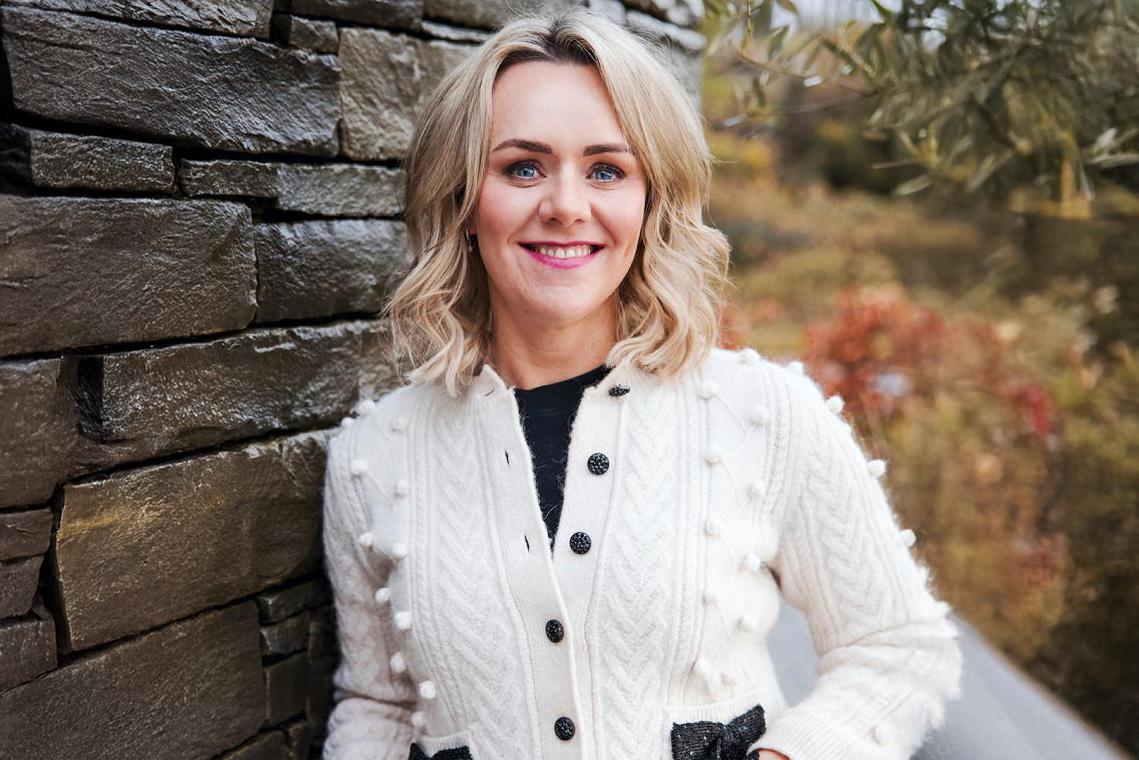
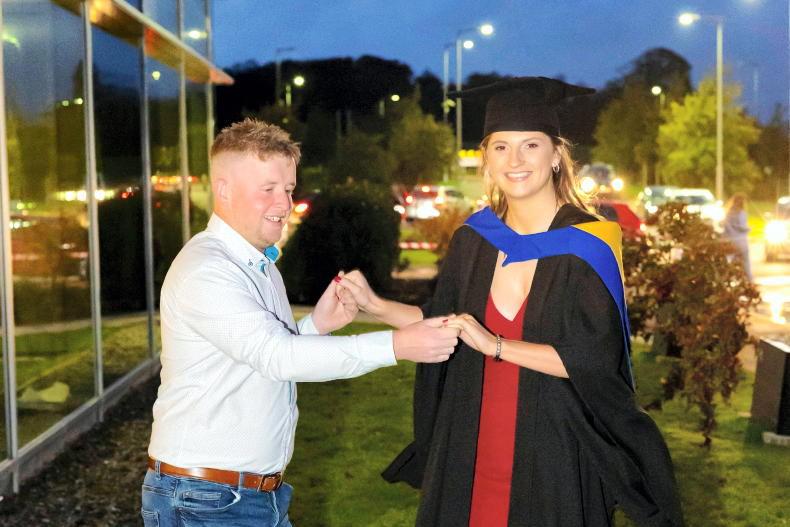
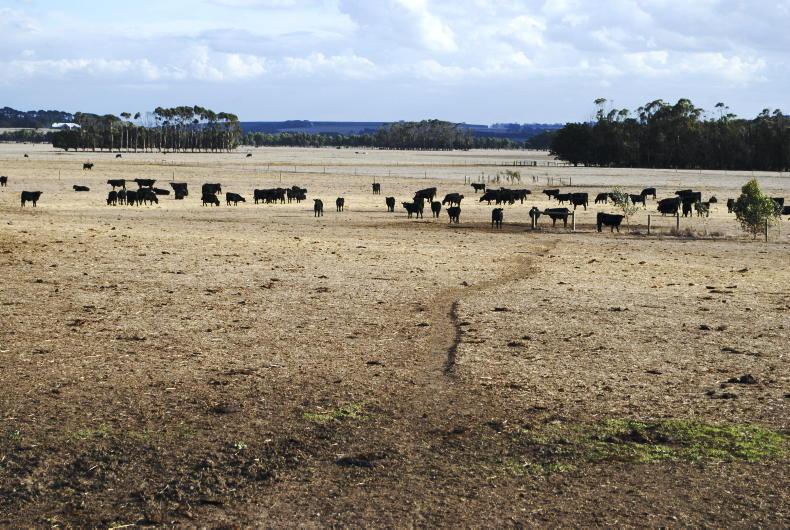
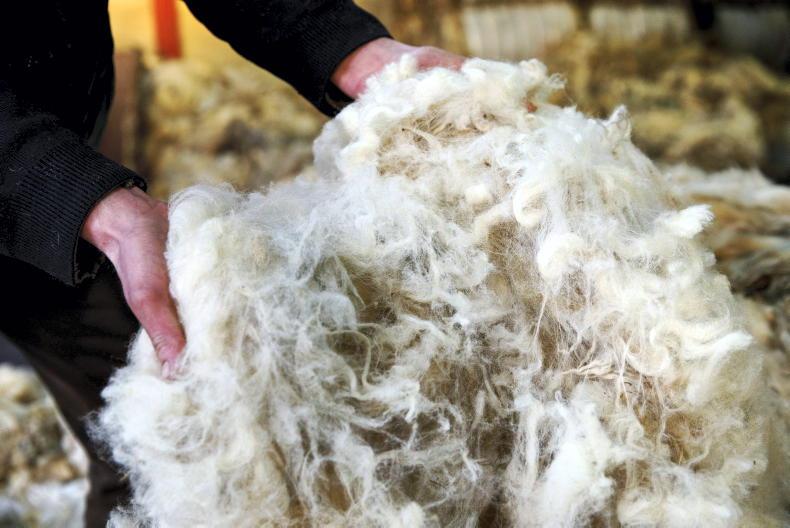
SHARING OPTIONS